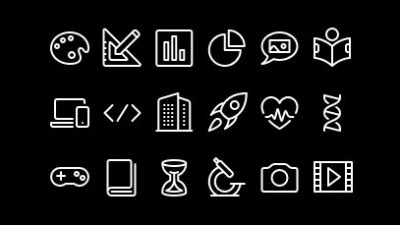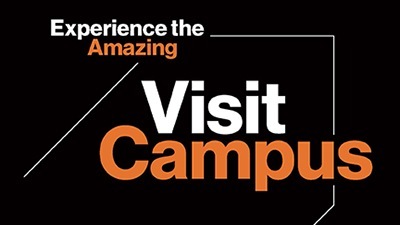Alumna facilitates crucial conversations as medical interpreter
Seth Young/Wellstar Health System
Debbie Lesser ’19 MS uses her extensive training in medical interpreting to express the appropriate tone and emotion when helping deaf, hard-of-hearing, and hearing patients and health care providers communicate clearly with one another.
Debbie Lesser is a catalyst, facilitating crucial conversations taking place in often highly sensitive situations.
As a certified medical interpreter for one of the largest health systems in the United States, she assists deaf, hard-of-hearing, and hearing patients and health care providers in communicating with one another regarding everything from mental health crises to detailed complex medical procedures.
“I’ve worked as a professional interpreter in many industries, including the cruise and theater industries,” said Lesser, who earned a certificate in health care interpreting in 2013 and a master’s degree in the same field in 2019, both from RIT’s National Technical Institute for the Deaf. “I got involved with health care interpreting and absolutely fell in love with it. I’m able to make a real difference in the level of care for our patients and help them navigate through very delicate situations.”
Today, Lesser oversees a team of six ASL-English interpreters, 18 Spanish-English interpreters, and one Mandarin-English interpreter, all of whom provide in-patient and ambulatory interpreting and other language access services for Wellstar Health System in Atlanta and the surrounding area. In any given month, team members are deployed to assist hundreds of limited English-proficient patients throughout 11 hospitals, 17 urgent care centers, nine cancer centers, three hospice centers, and more than 300 physician practices.
According to Zippia, an online career resource site, there are more than 19,700 medical interpreters employed in the United States. The U.S. Bureau of Labor Statistics projects a growth rate of 24 percent over the next decade, faster than the average for all occupations.
NTID’s certificate program and master’s degree in health care interpreting has stayed current in the profession with educational design and course content, said Robyn Dean, assistant professor in NTID’s Department of American Sign Language and Interpreting Education.
Dean said the strengths of the program lie in addressing the varying medical contexts that interpreters are called into and the range of communication needs of deaf individuals—from deaf medical providers to deaf patients. Dean’s courses particularly focus on developing interpreters’ perceptual and judgment skills, their understanding of medical settings, cultural issues, and the communication aims of patients and providers.
“Our program employs a problem-based learning approach; we start with a practical case, a contextualized interpreted situation, and build the knowledge that interpreters would need from that context, as a means of enhancing their ethical sensitivity and judgment,” she said. “Just as medical providers develop clinical skills, the closer you can bring medical interpreters to the unique medical contexts they typically work in, the more effective they will be.”
Interpreting, like social work, is a practice profession, according to Lesser, meaning that the interpreter must have the ability to think critically about their work and make moment-to-moment decisions based on the unique circumstances of each encounter. While supervision is an expectation in other practice professions, she said, interpreting hasn’t yet incorporated this valuable tool as a standard in the field.
“As medical interpreters, so much of what we do involves assessing the intricate communication dynamics among patients, family members, caregivers, and health care professionals.” In one instance, Lesser interpreted for several interactions over several months between a nurse and a deaf caregiver, who was in denial of her mother’s need for palliative and hospice care.
“If someone doesn’t understand what’s being said, or the gravity of a situation, for example, it is our job to work collaboratively with the health care provider to ensure that communication is clear. That includes expressing the right tone and emotion. Not everyone is equipped to handle these types of situations.”
Lesser said a foundation of the RIT program emphasizes the need for supervision and case conferencing, where students have the opportunity to talk to each other about complicated cases, to evaluate the efficacy of decisions made, and to consider the ethical implications of those decisions. She has drawn on that foundation in her current job.
“This type of peer supervisory feedback takes judgment off of the interpreter as an individual and focuses on the work at hand,” she said. “RIT has given me a fantastic foundation and has allowed me to provide this kind of valuable support to my team.”





